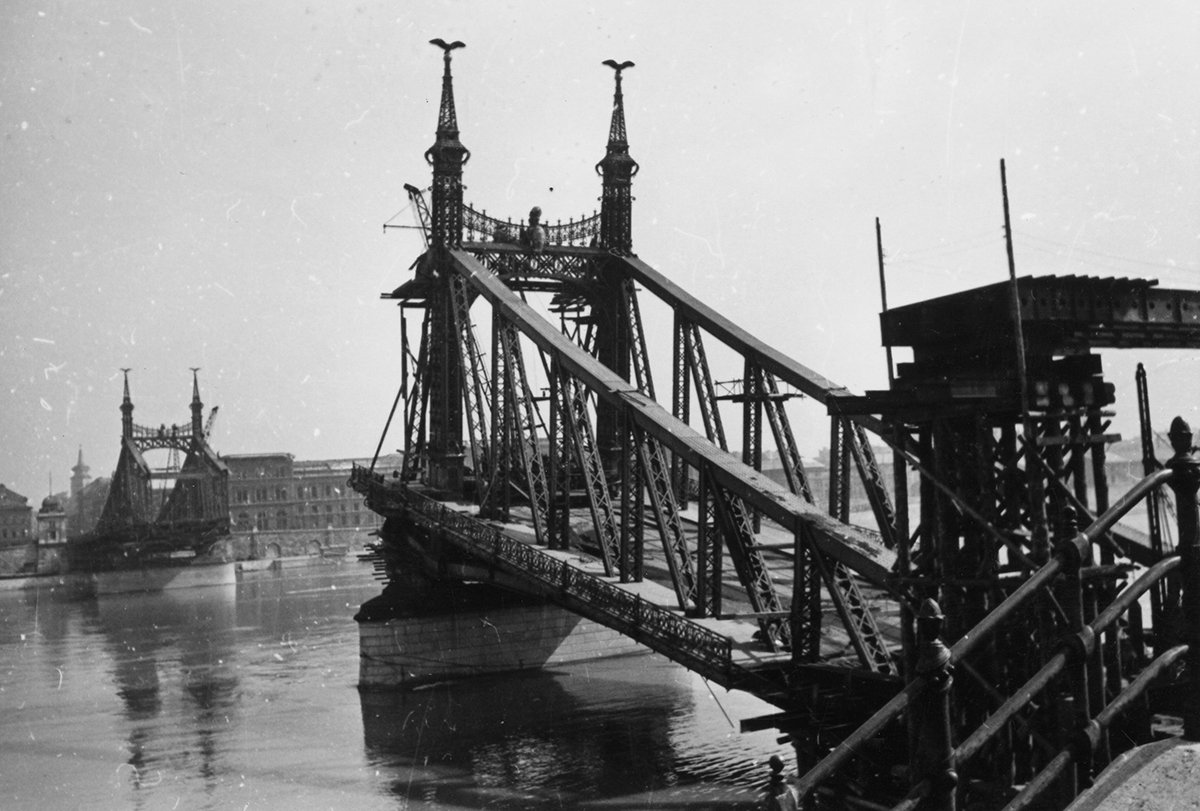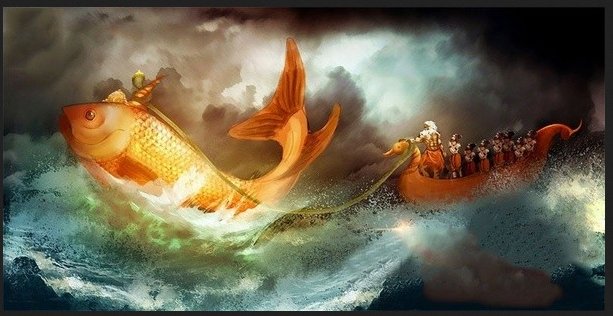For nearly 1,000 years, this was the longest & mightiest border wall ever built. It was twice as long as Hadrian's Wall, & its construction is an unsolved mystery to this day.
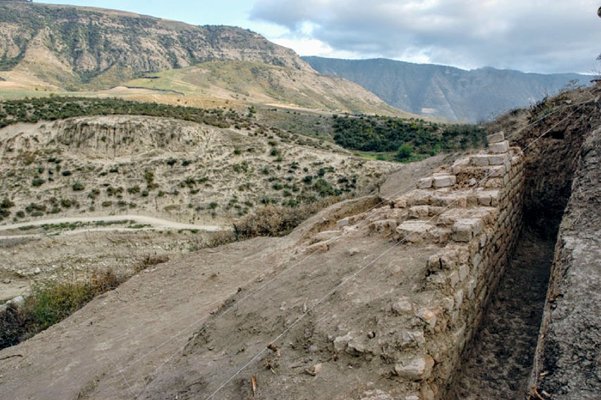
Between the temperate forests of the Alborz Mountains & the shores of the Caspian Sea, a fertile plain stretches for over 200km, forming a narrow corridor between Persia & the wide desert steppes of Central Asia.
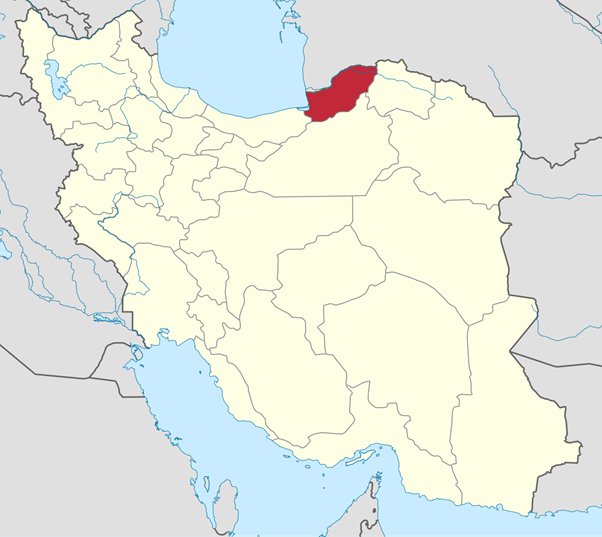
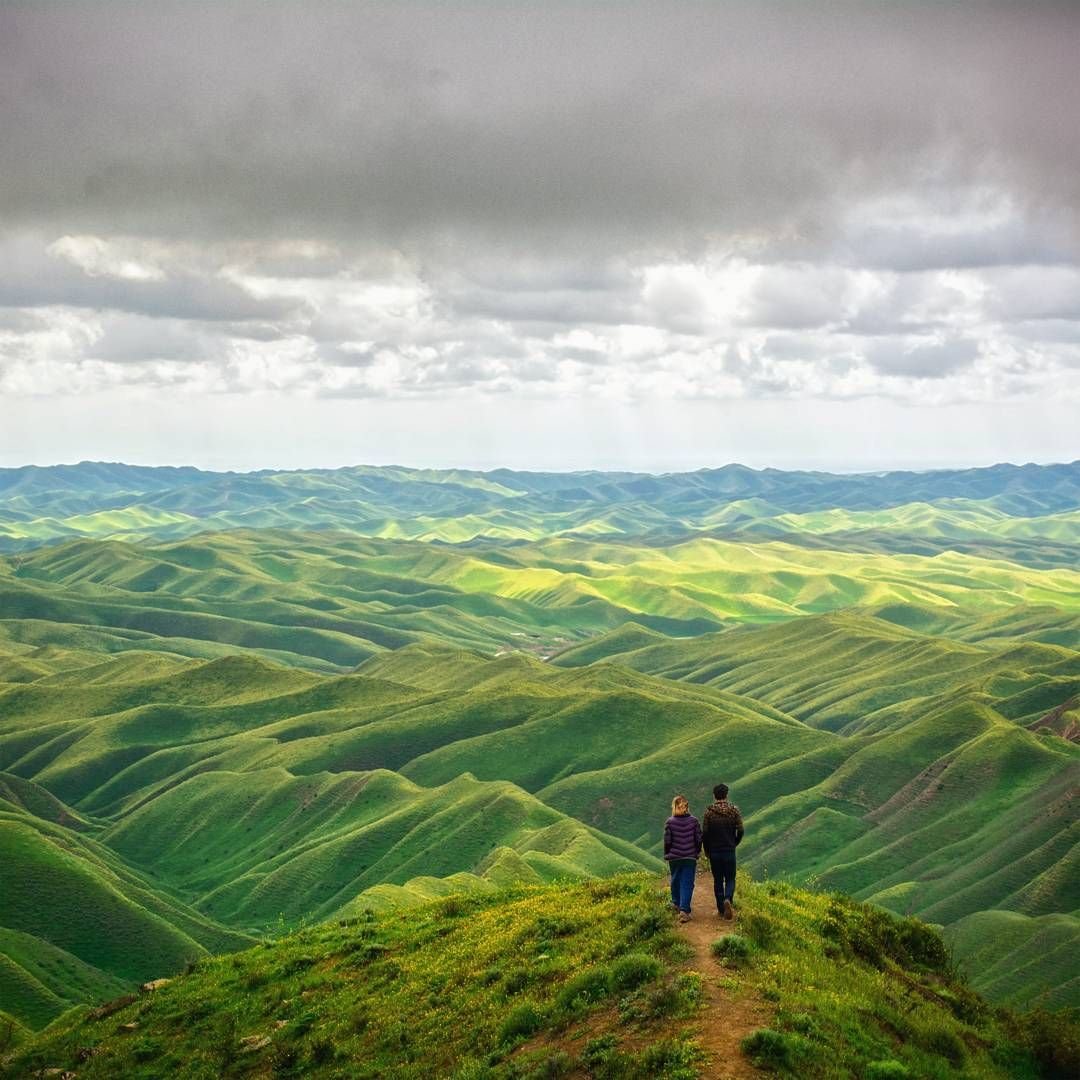
The Empire was Persian. It ruled a vast stretch of the Ancient Near East for 400 years, from the 3rd century until its fall to Muslim conquerors in the 7th.
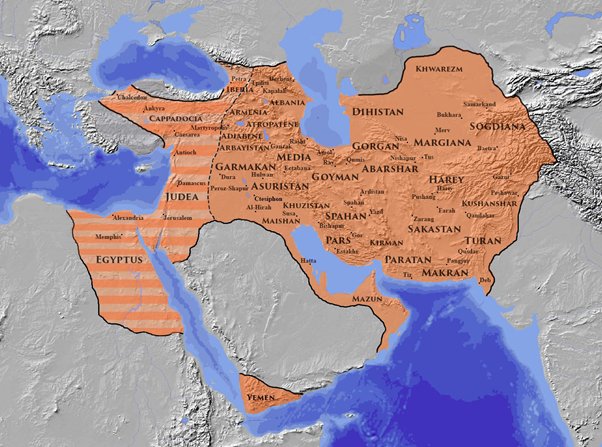
From its capital in Ctesiphon (south of Baghdad), the empire grew to cover modern Iran & Iraq, stretched into the Caucasus Mountains & even into Pakistan & India.


The most feared of these were the Hephthalite Empire, the “White Huns”, fierce horseback warriors who had carved out an enormous territory in Central Asia.
(The "Hephthalite bowl", Pakistan, 460–479 CE. @britishmuseum)
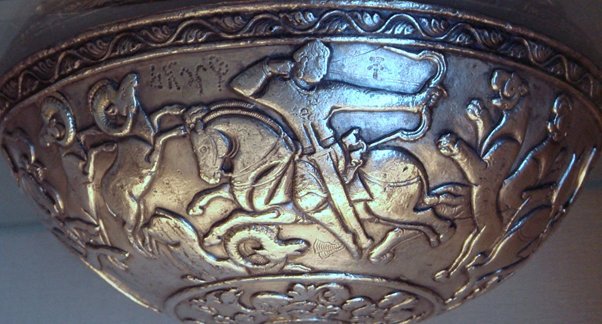
Their swift armies routinely made forays deep into the Sassanian Empire, & the fertile Gorgan region was the main corridor through which they mounted their attacks.
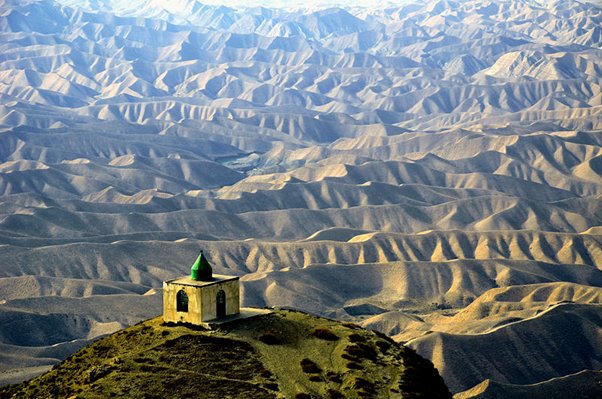
They began to construct a wall that would stretch the whole length of the Gorgan lowlands, the length of both Hadrian’s Wall & the Antonine Wall put together.
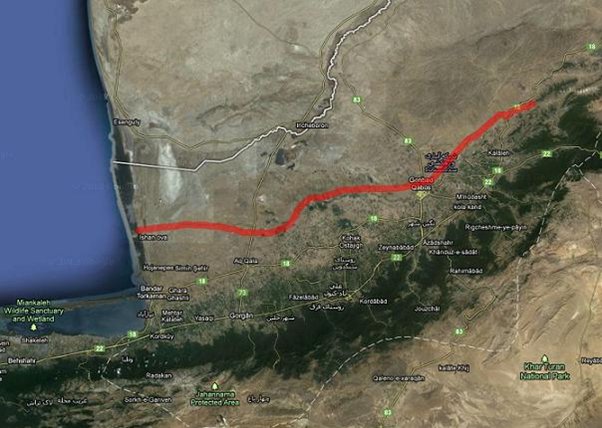

So far 195 km (121 mi) of the wall has been discovered, broken by more than 30 fortresses at intervals of 10-50km.
(📷 Georg Gerster)

But with no trees or stone in the Gorgan plain, the only building material available was the mud of the river basin itself.
(Ball 2016 books.google.co.uk/books?id=07pTD…)
(📷 Stuart Denison)
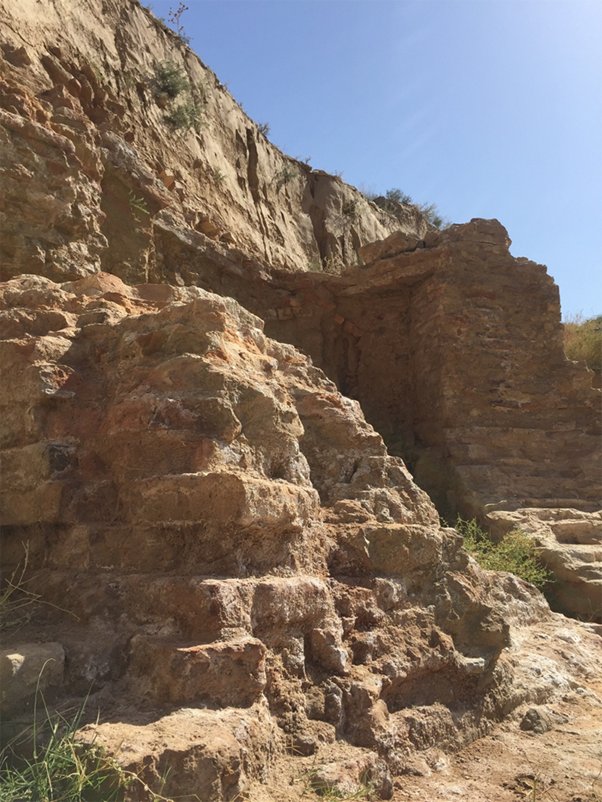
To do this, they created an immense mobile brick-making industry. Archaeologists have found remains of kilns built all along the course of the wall, each to an identical blueprint.
(📷 Arman Ershadi)
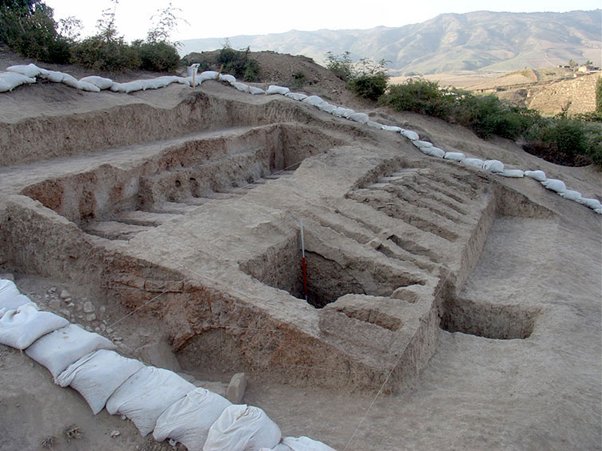
(Nokandeh et al. 2006 jstor.org/stable/pdf/430…)
(📷 Stuart Denison)
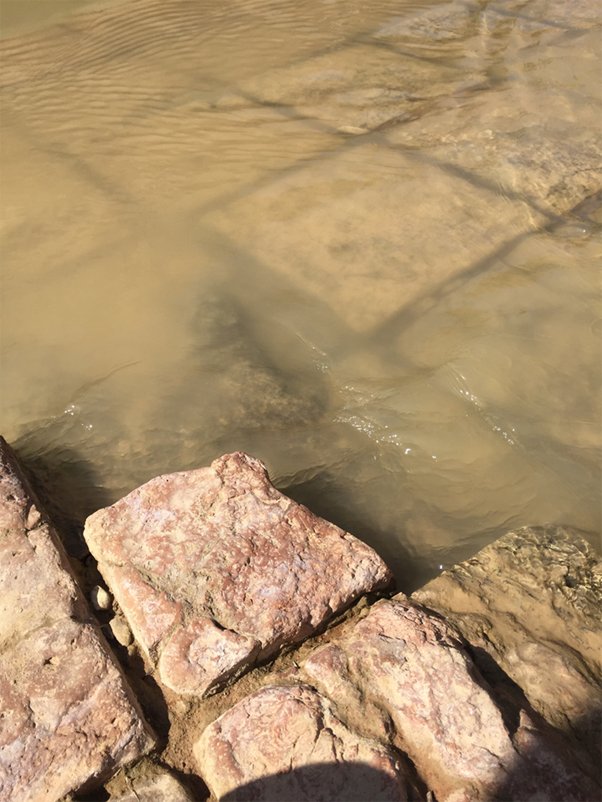
This may also have been used as a water source in the arid plain, & is still visible in the landscape today.
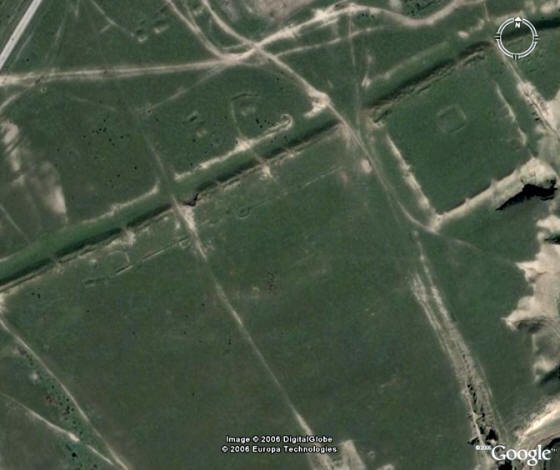
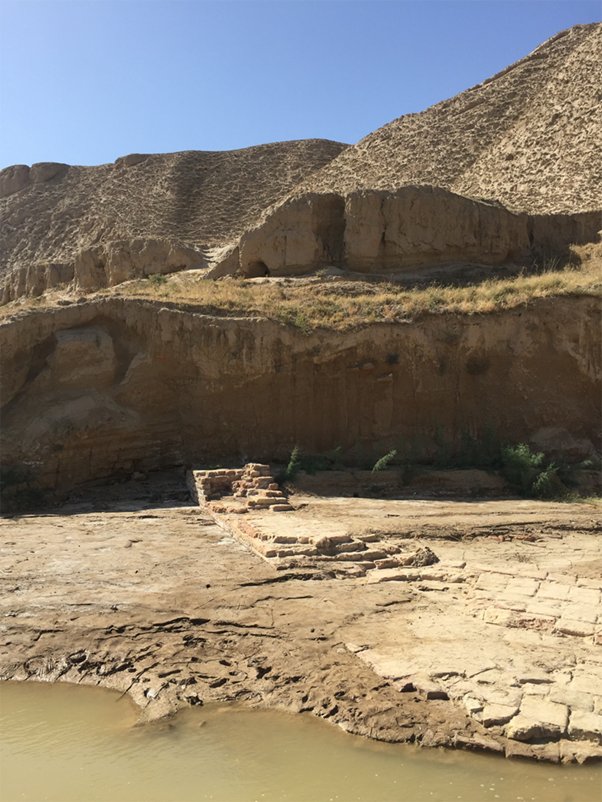
The wall even crossed rivers, where engineers built dams. Sections are still visible in the silty waters 1,500 years later.

(Chaichian, 2013. books.google.co.uk/books?id=toxWA…)

Excavations of its barracks suggest that between 15,000 to 36,000 men were stationed in the forts along its length.
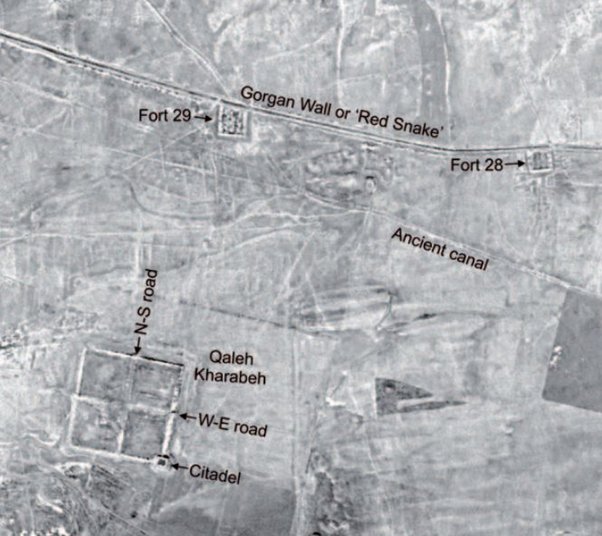

They were supplied & fed by the verdant hinterland of Gorgan, which the wall was built to defend.
(Current Archaeology 2008 shca.ed.ac.uk/staff/supporti…)
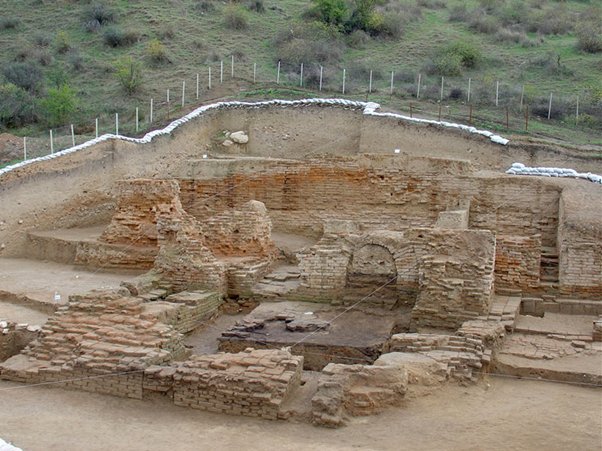
“No ancient textual source refers to the Wall, no inscription, and no coin has ever been found on it.”
(Current Archaeology 2008 shca.ed.ac.uk/staff/supporti…)
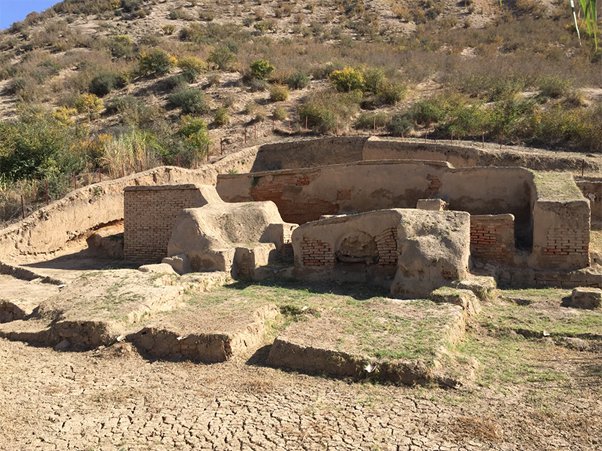
Around 200 years after its construction, something changed. All activity at the wall suddenly & mysteriously ceased, & it was no longer manned or defended.
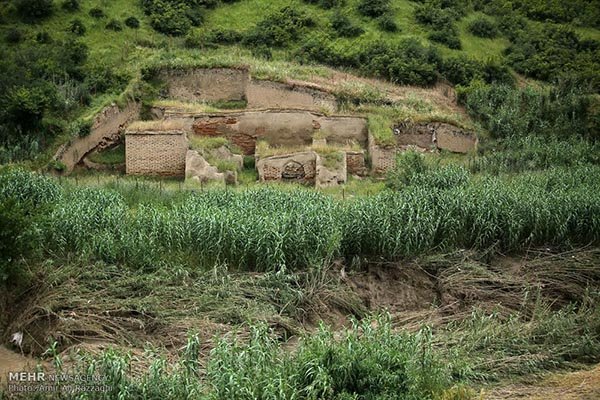
Perhaps the troops were needed for a war, either dynastic feuding or an attack on the Eastern Roman Empire.
(📷 Stuart Denison)
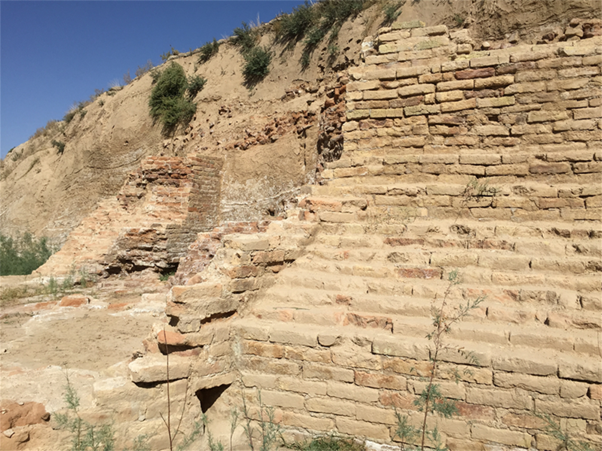
For centuries since its abandonment, people have plundered the wall & used its bricks to furnish their own homes.
(photos by Mohammed Chaichian of houses built using brick taken from the Gorgan Wall books.google.co.uk/books?id=toxWA…)
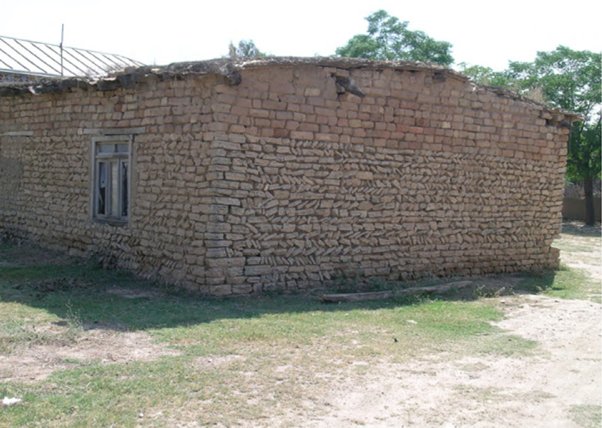
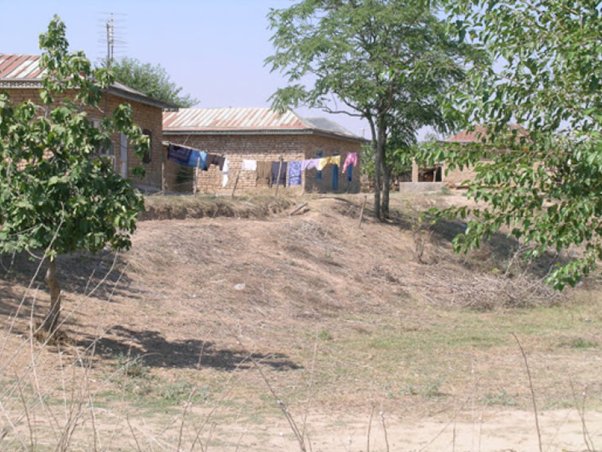
It is also associated with the Quranic tale of Dhul Qarnayn (Surat al-Kahf 83-98 quran.com/18/83-98), who built an enormous iron wall to defend his people against barbarians.
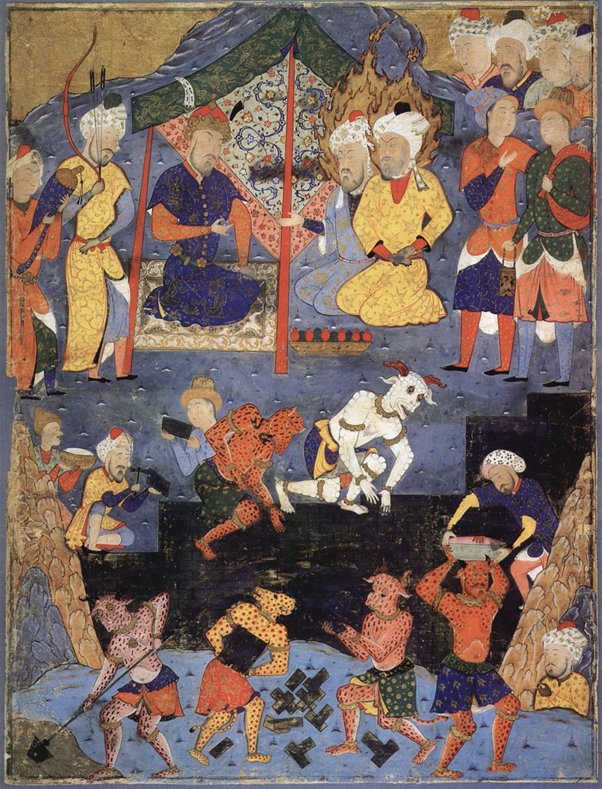
It reminds us that the history of the world is not the history of the West: that at a time when the order of Western Europe was collapsing, great powers elsewhere were achieving marvels.
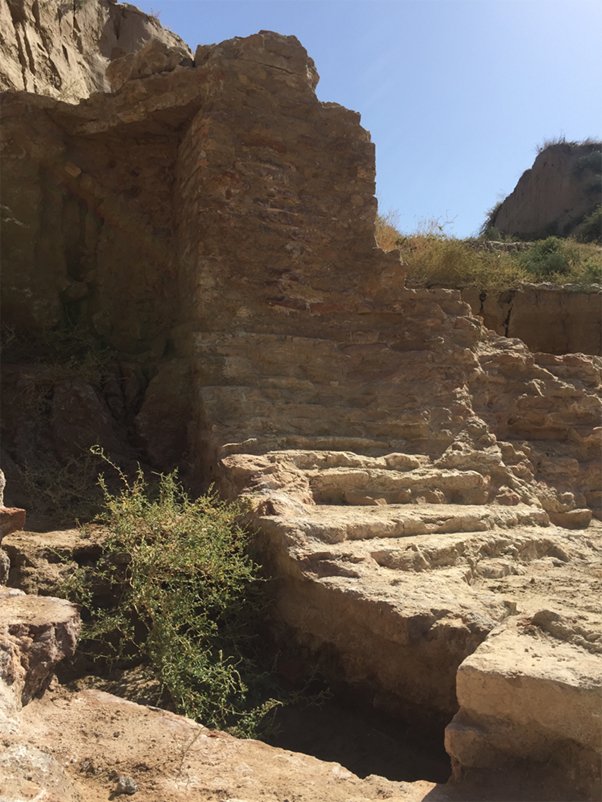
- Linear Barriers of Northern Iran: jstor.org/stable/pdf/430…
- Empires & Walls: books.google.co.uk/books?id=toxWA…
- Secrets of the Red Snake: shca.ed.ac.uk/staff/supporti…
- Rome in the East: books.google.co.uk/books?id=07pTD…









